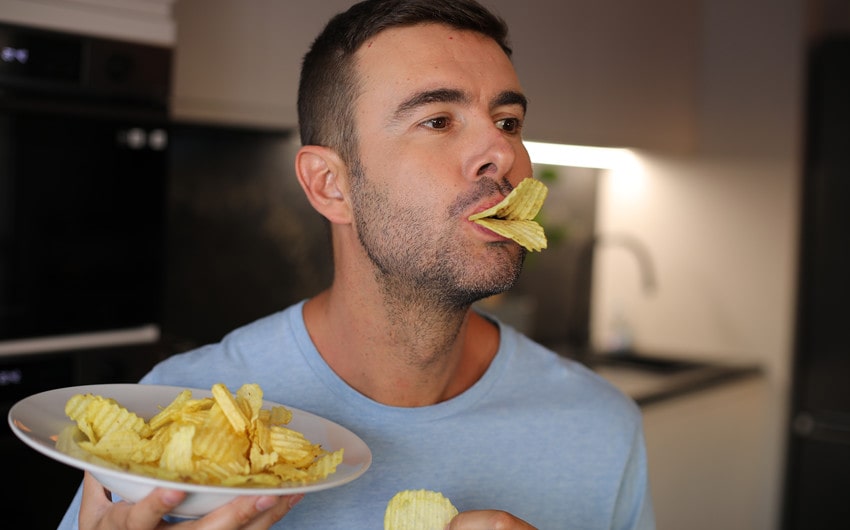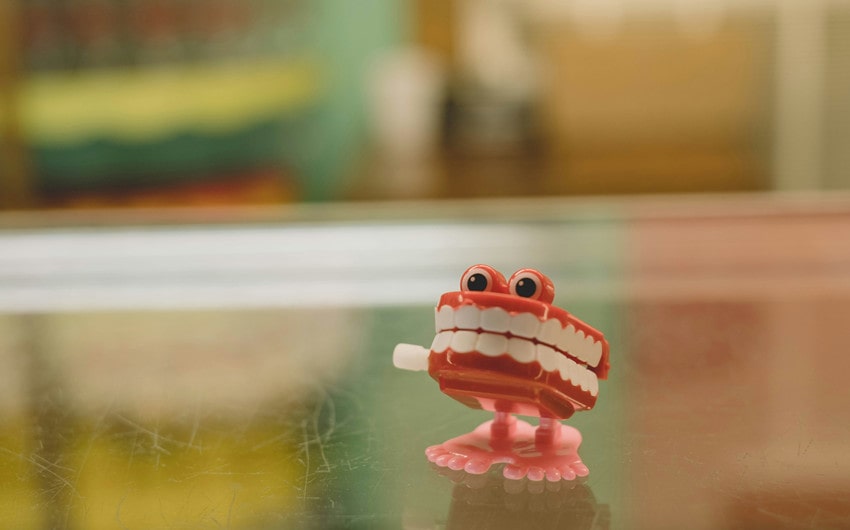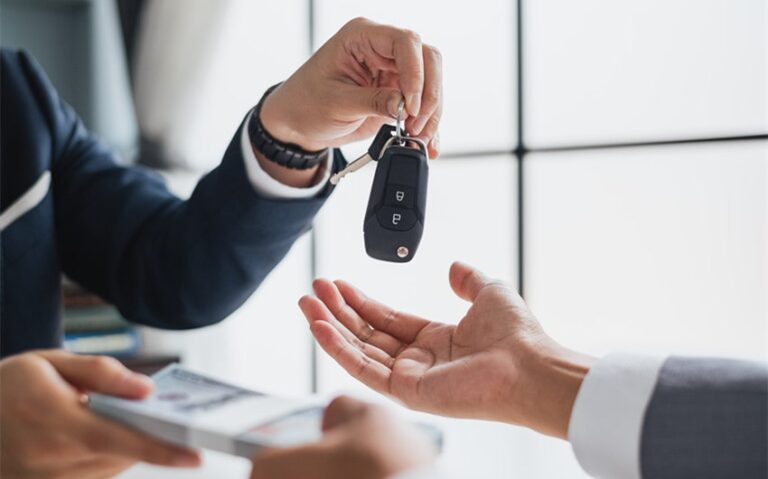How To Be Funny: 10 Clever Tips You Can Use Today
Being able to make people laugh is a superpower that can brighten conversations, ease awkward moments, and bring people closer together. Some people seem naturally funny, but the truth is, anyone can learn how to be funny with a little practice and the right approach. Humor doesn’t have to be complicated or scripted — often, it’s about noticing the small things, staying relaxed, and being quick with a clever comment.
Whether you want to be the life of the party or just add more laughs to everyday chats, a few simple techniques can help you get there.
1. Be Observant About Everyday Life
One of the easiest ways to be funny is to notice the little things that most people overlook. Everyday life is packed with tiny moments of chaos, irony, and absurdity — from awkward elevator rides to the drama of trying to parallel park. Being observant means you’ll always have material to joke about, because life itself is full of comedy if you’re paying attention.
Start by tuning into daily situations that feel a little ridiculous. Maybe it’s the way people always pretend they weren’t staring at their phones when someone walks by, or how every grocery store has a mysterious aisle that no one ever visits. Observational humor works because it’s relatable — it makes people laugh and think, “That’s so true!”
You don’t have to overthink it. Just keep a curious mind and be ready to turn everyday moments into funny comments or stories. The best comedians aren’t necessarily inventing wild scenarios — they’re just really good at pointing out the weirdness hiding in plain sight.
Example:
“Why does every office microwave have the power of a dying star or a confused candle? No in-between.”
2. Master Timing and Delivery
Being funny isn’t just about what you say — it’s about when and how you say it. Perfect timing can turn a simple comment into something hilarious, while bad timing can make even the best joke fall flat. The key is to pause just a moment longer than usual before delivering your punchline, building a little suspense that makes the payoff even sweeter.
Delivery is all about confidence and naturalness. You don’t have to shout the punchline or force a laugh; a casual, relaxed tone usually works best. Sometimes, a perfectly placed deadpan expression can make a joke ten times funnier than if you acted it out.
Practice telling jokes or funny observations casually in conversation, and watch how people react. Adjust your pacing depending on the vibe — quicker when everyone’s energetic, slower when you want to catch them off guard.
Example:
“I’m not saying I’m bad at cooking… but even the fire extinguisher gave up.” (delivered with a dramatic pause before “but…”)
3. Use Self-Deprecating Humor Carefully
Laughing at yourself is one of the easiest ways to be funny and relatable. People love when someone can poke fun at their own flaws or silly mistakes — it shows humility and confidence at the same time. A little self-deprecating humor makes you more approachable and builds instant rapport.
That said, you have to be careful not to overdo it. Constantly tearing yourself down can make people uncomfortable or seem like you’re fishing for compliments. The trick is to keep it light and focus on harmless things — like your clumsiness, bad singing, or lack of tech skills — rather than serious insecurities.
Keep it playful, and make it clear you’re laughing with yourself, not at yourself. A well-placed self-jab makes people relax and laugh because it feels genuine.
Example:
“I’m on a seafood diet. I see food, and I eat it.”
4. Play With Wordplay and Puns
Wordplay and puns are classic tools for humor because they’re clever, quick, and often unexpected. A smart twist on a common phrase or a surprising connection between words can get a big laugh, especially when the audience doesn’t see it coming. Even cheesy puns have their place — the sillier, the better sometimes!
The secret is to find words that sound alike or have double meanings, then build your joke around that. You can sneak puns into conversations naturally, or deliver them proudly with a wink and a smile. A good pun shows you’re quick on your feet and willing to embrace a little silliness.
Don’t worry if your pun makes people groan — that groan usually means you nailed it. Embrace the pun-loving energy and just keep having fun with it.
Example:
“I’m reading a book about anti-gravity. It’s impossible to put down.”
5. Exaggerate for Comic Effect
Exaggeration is one of the oldest tricks in the humor book. Taking a normal situation and blowing it wildly out of proportion makes it instantly funnier because people know it’s ridiculous — and that’s the point. Stretching the truth lets you paint a funnier, more dramatic picture that grabs attention and gets laughs.
You don’t need to lie; you just need to push the story a few steps beyond reality. Saying you “almost died” while running to catch a bus, or that “your coffee was so strong it slapped you awake,” turns a boring fact into an entertaining moment. The bigger and more ridiculous the exaggeration, the better.
Just remember not to confuse exaggeration with dishonesty. People will laugh because they know you’re joking, not because they believe you.
Example:
“The line at the coffee shop was so long, I think I aged three years waiting.”
6. Tell Funny Stories
Funny stories are gold because they mix humor with something everyone loves — a good narrative. A simple story about a bad haircut, a terrible date, or a vacation gone wrong becomes hilarious when you sprinkle in funny details, dramatic pauses, and a little playful exaggeration.
The secret is to build the story with rising tension, like you’re setting up for something big, and then hit them with a funny twist. Focus on relatable situations where things go slightly (or massively) wrong. People don’t expect a flawless story — they love hearing about your chaos because it feels real.
When telling a funny story, keep it short, vivid, and packed with small, funny observations along the way.
Example:
“I once tried to impress my crush by rollerblading… long story short, I introduced myself to the pavement instead.”
7. Understand Your Audience
No matter how funny you are, the right joke in front of the wrong crowd can fall flat fast. Understanding your audience means knowing what kind of humor will land and what might just cause awkward silence. Jokes that work with your best friend might not fly at a work event — and that’s okay.
Pay attention to who you’re talking to and adjust your style a little. If people seem quiet and serious, try starting with something light and universal rather than diving into dark humor or sarcasm. When people are already relaxed and laughing, you can be a little bolder and more playful.
Reading the room is a real superpower for anyone trying to be funny. It shows you’re socially aware — and nothing’s funnier than a perfectly timed joke that feels like it was made just for that moment.
Example:
At a formal dinner: “Don’t worry, I dressed up my personality too.” (light, playful, and safe)
8. Practice Witty Comebacks and Banter
Witty comebacks and playful banter can make conversations way more fun and memorable. Quick, clever responses show you’re sharp, confident, and ready to roll with whatever comes your way. The trick is to listen carefully, think fast, and toss back a comment that’s lighthearted rather than harsh.
You don’t have to memorize jokes to be witty. It’s more about twisting someone’s words or teasing gently in a way that makes everyone smile. Start with people you’re comfortable with — friends, siblings, coworkers — and practice bouncing little jokes back and forth.
Good banter feels like a game, not a battle. Keep it light, read the vibe, and never punch down or take it too far.
Example:
Friend: “You’re late again.” You: “Fashionably. I bring drama to the timeline.”
9. Stay Relaxed and Don’t Force It
Nothing kills humor faster than trying too hard. Some of the funniest people aren’t even telling jokes — they’re just staying loose, reacting naturally, and letting the humor flow without overthinking it. When you stay relaxed, your brain makes quicker, funnier connections because you’re not stressing about it.
If a joke doesn’t land, just laugh it off and move on. Trying to “recover” or explain the joke usually makes it even more awkward. Humor isn’t about being perfect; it’s about being human and playful, even when it doesn’t go exactly right.
The more comfortable you are being yourself, the more naturally funny you’ll seem. Relaxed people are fun to be around — and their laughter is contagious.
Example:
“Well, that joke flopped. I’ll see myself out.” (acknowledging it and moving forward)
10. Watch and Learn from Funny People
One of the best ways to improve your sense of humor is by studying people who are naturally funny. Watch comedians, funny TV shows, YouTubers, or even that hilarious friend who always has the perfect comeback. Pay attention to how they time their jokes, use their expressions, and play off their audience.
You don’t need to copy anyone exactly — the goal is to see different styles and figure out what feels natural for you. Some people are sarcastic, others are goofy, and some are dry and deadpan. Humor has so many flavors, and you’ll discover what fits you best by seeing lots of examples.
Plus, soaking in different types of humor can inspire your own creativity, helping you come up with funnier ideas and jokes without even realizing it.
Example:
After binge-watching a funny show, you might start naturally using playful lines like, “I’m not lazy, I’m energy-efficient.”








